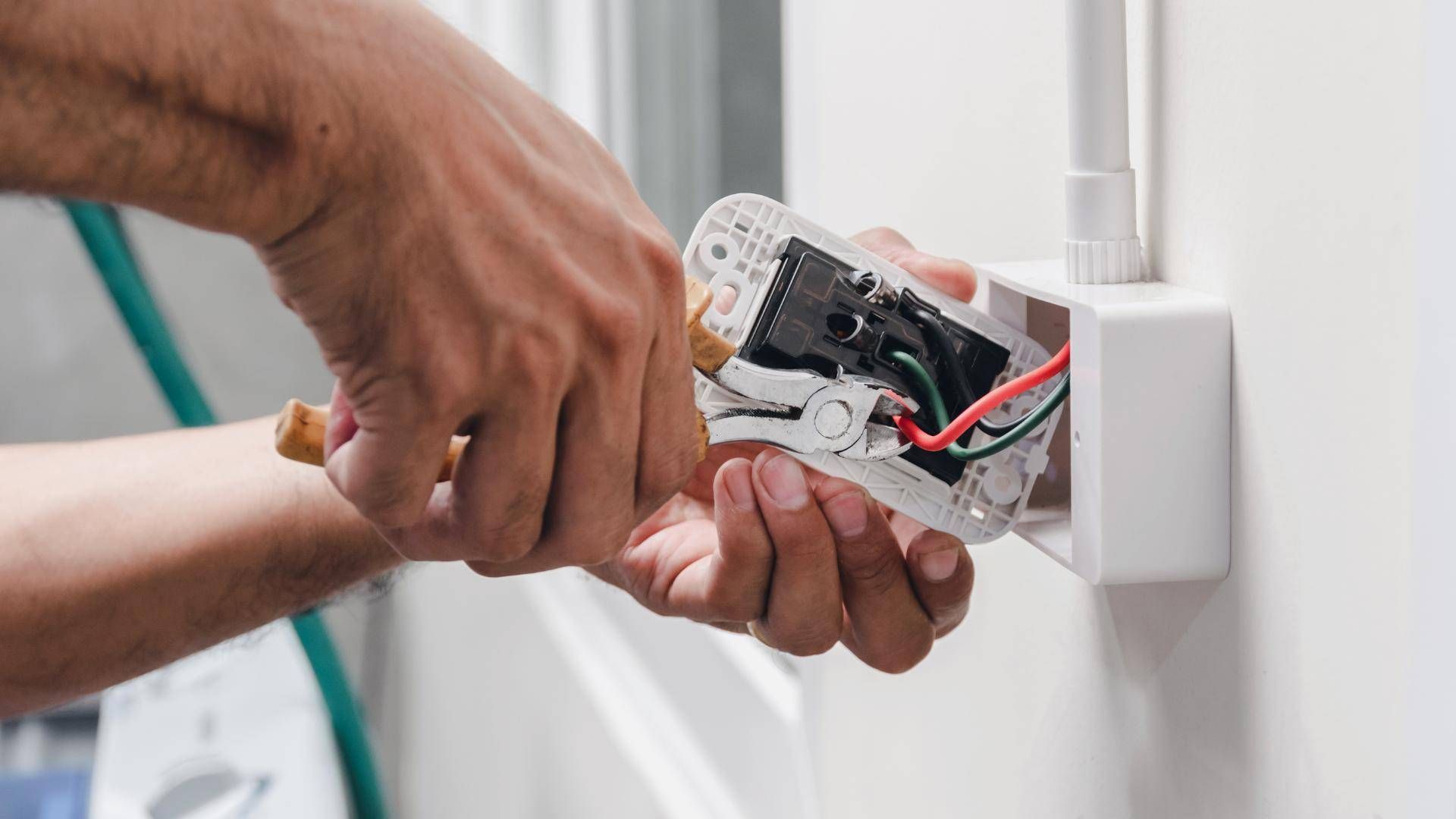With the threat of rising gas and electricity prices, it’s no surprise that people are increasingly concerned about energy efficiency. Heating your home and staying cosy once warmth is generated is very much a hot topic, pardon the pun, so Britain’s third biggest energy supplier – Ovo Energy – felt compelled to dish out some rather novel advice on staying warm at home this winter.
From eating bowls of porridge and performing a few star jumps to cosying up with your pet and leaving your oven door open once you’ve finished cooking, the company’s tips were mocked in the media and labelled unrealistic.
If you’re not happy with how your current property heats up and stays warm, moving to a new home represents a good chance to live somewhere more energy efficient. As well as resulting in lower energy bills and reducing your carbon footprint, a warmer home is the perfect solution if you haven’t got a cat to cuddle.
Here is our advice for home movers on the hunt for comfortable temperatures:-
- Check a property’s EPC rating
If you’re looking for a home that offers a toasty living environment, take time to understand the EPC rating. An energy assessor will have evaluated the heating system, the windows and any insulation when calculating the rating, which is expressed as a letter.
A well-performing home will have a better EPC rating – an A is the best classification with G being the worst. Every home we list has an EPC certificate, so ask us for the full details.
- Read the full EPC report
As well as a certificate showing what letter rating the property has, read the energy assessor’s report. It will contain advice on where energy efficiency can be improved and from this, you’ll be able to deduce how well the property generates heat and where it’s being lost. If the assessor recommends better loft insulation, the addition of cavity wall insulation, upgrading single to double glazing, improving draught proofing and swapping to a condensing boiler or heat pump system, you’ll know the levels of warmth may be compromised.
- Know when the property was built
All newly built homes have to meet minimum energy standards, so they will be the warmest around, but older homes – especially those that are listed or considered ‘period’ – may be harder to heat and more difficult to keep warm. Aspects such as ill-fitting wooden floorboards, open flues, ageing windows, gaps in the roof and a myriad of cracks formed over time will leave a home feeling chilly. The good news is these defects can be fixed.
- Enquire about running costs
The current occupants are the best port of call if you want to know if a property is cold and how much is spent on making it warmer. Ask to see fuel bills or smart meter readings from the coldest months – January, February and March ideally. Although how cold a person can stand being at home is subjective, enquire about very heavy gas bills (or electricity bills if the property is fitted with storage heaters).
- Conduct a smart viewing
There is no substitute for actually visiting a property you’d like to move to and if you’re going on a viewing in winter, you can feel for yourself how chilly a home is. It’s advisable to touch walls and floors with your hand – if they’re stone cold it could indicate the property is hard to heat. If the central heating is on, use caution to feel the radiators, noticing any unheated spots, as this could indicate the system needs attention. You can follow up your viewing with additional questions, asking about the age and type of boiler, how much loft insulation there is and details of the nature of glazing installed.
If you’d like help with EPCs and energy efficiency when moving home, please contact our team today.
Share this article
More Articles
Sign up for our newsletter
Subscribe to receive the latest property market information to your inbox, full of market knowledge and tips for your home.
You may unsubscribe at any time. See our Privacy Policy.




